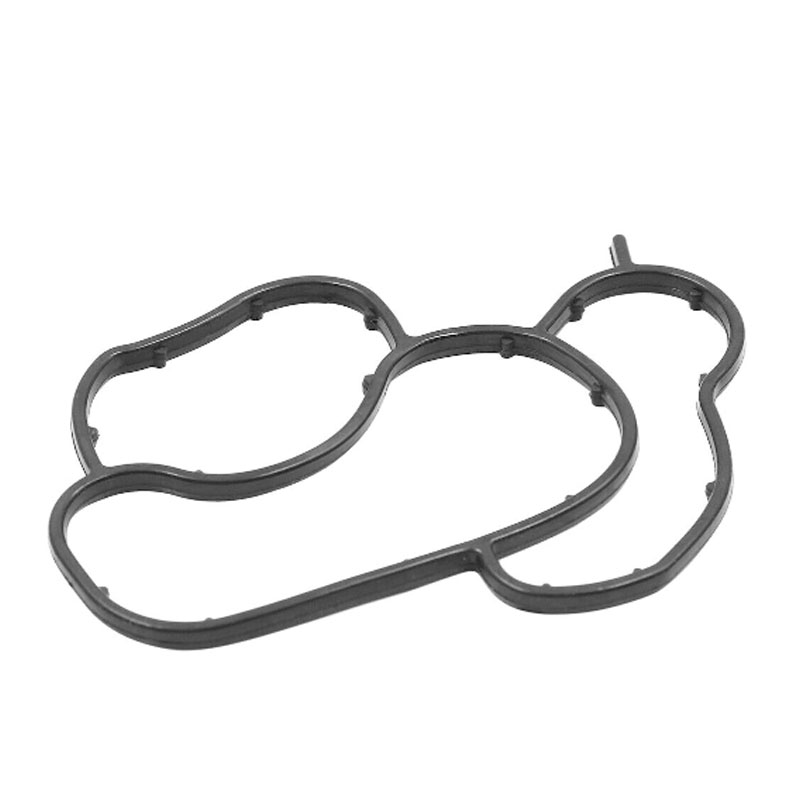Understanding Transmission Oil Cooler Seal Function and Importance in Vehicle Maintenance
Understanding Transmission Oil Cooler Seals
Transmission oil cooler seals are vital components in the functioning of a vehicle's transmission system. They play a crucial role in maintaining the efficiency and performance of the transmission while preventing leaks that could lead to severe damage. In this article, we will explore the purpose of transmission oil cooler seals, their common issues, and tips on how to maintain them properly to ensure your vehicle remains in optimal condition.
What is a Transmission Oil Cooler Seal?
A transmission oil cooler seal is designed to prevent the transmission fluid from leaking out of the cooler system. The transmission cooler itself is a key part of the vehicle's transmission system, regulating the temperature of the fluid and ensuring that it operates within the optimal range. The oil cooler seal is located where the fluid lines connect to the cooler, serving as a barrier that contains the pressurized fluid.
Importance of Transmission Oil Cooler Seals
The primary function of a transmission oil cooler seal is to contain the transmission fluid, which is essential for lubricating, cooling, and enabling the efficient operation of the transmission. If the seal develops cracks, wears out, or becomes brittle, it could allow fluid to escape, leading to low transmission fluid levels. Low fluid levels can cause overheating of the transmission, resulting in increased wear and the potential for catastrophic failure.
Additionally, transmission fluid plays a crucial role in the transmission's ability to generate hydraulic pressure. When leaks occur, not only does it compromise lubrication, but it can also lead to erratic shifting, slipping gears, and eventually, the transmission may fail altogether.
Common Issues with Transmission Oil Cooler Seals
Over time, transmission oil cooler seals may degrade due to several factors, including extreme temperatures, harsh environmental conditions, and fluid quality. Some common signs that indicate a potential issue with transmission oil cooler seals include
1. Fluid Leaks One of the most obvious signs is spotting transmission fluid beneath the vehicle. Dark reddish fluid is often indicative of transmission oil leaking.
transmission oil cooler seal

3. Erratic Shifting Difficulty in shifting gears or unexpected gear slipping can occur when the transmission fluid is not at the required pressure levels due to leaks.
4. Unusual Noises Hearing grinding or whining noises can be a signal that the transmission is struggling due to low fluid levels caused by a compromised seal.
Maintenance Tips for Transmission Oil Cooler Seals
To extend the life of your transmission oil cooler seals, consider the following maintenance tips
1. Regular Fluid Checks Periodically check transmission fluid levels and condition. If the fluid is dark or burnt-smelling, it may need to be changed.
2. Inspect for Leaks Regularly inspect the area around the transmission cooler seals for any signs of leaking fluid. Early detection can save significant repair costs.
3. Use Quality Fluids Always use the manufacturer-recommended transmission fluid, as subpar products can lead to seal deterioration.
4. Temperature Monitoring Keep an eye on your vehicle's temperature gauge. If the transmission frequently runs hot, have it checked to ensure the cooler is functioning correctly.
5. Professional Inspections If you suspect any issues with your transmission or cooler seals, consider getting a professional inspection. Mechanics can identify potential problems before they escalate.
Conclusion
Transmission oil cooler seals may be small components, but their importance cannot be underestimated. Proper maintenance and timely repairs are essential for ensuring the longevity and efficiency of your vehicle's transmission system. By staying vigilant about leaks and following good maintenance practices, you can avoid potential problems and enjoy a smoother, more reliable driving experience. Always consult your vehicle's manual and a qualified mechanic for the best practices specific to your vehicle model.
-
Simplifying Oil Changes: A Comprehensive Guide to Oil Drain Plugs and Their Variants
News Aug.04,2025
-
Mastering Oil Drain Maintenance: Solutions for Stripped, Worn, and Upgraded Oil Plugs
News Aug.04,2025
-
Fixing Oil Pan Plug Issues: Leaks, Stripped Nuts, and the Right Replacement Solutions
News Aug.04,2025
-
Everything You Need to Know About Oil Drain Plugs: Sizes, Fixes, and Upgrades
News Aug.04,2025
-
Choosing the Right Oil Drain Plug: A Guide to Sizes, Materials, and Drain Innovations
News Aug.04,2025
-
A Complete Guide to Automotive Drain Plugs: Types, Problems, and Innovative Solutions
News Aug.04,2025
-
The Ultimate Guide to Car Repair Kits: Tools and Essentials Every Driver Should Own
News Aug.01,2025
Products categories















